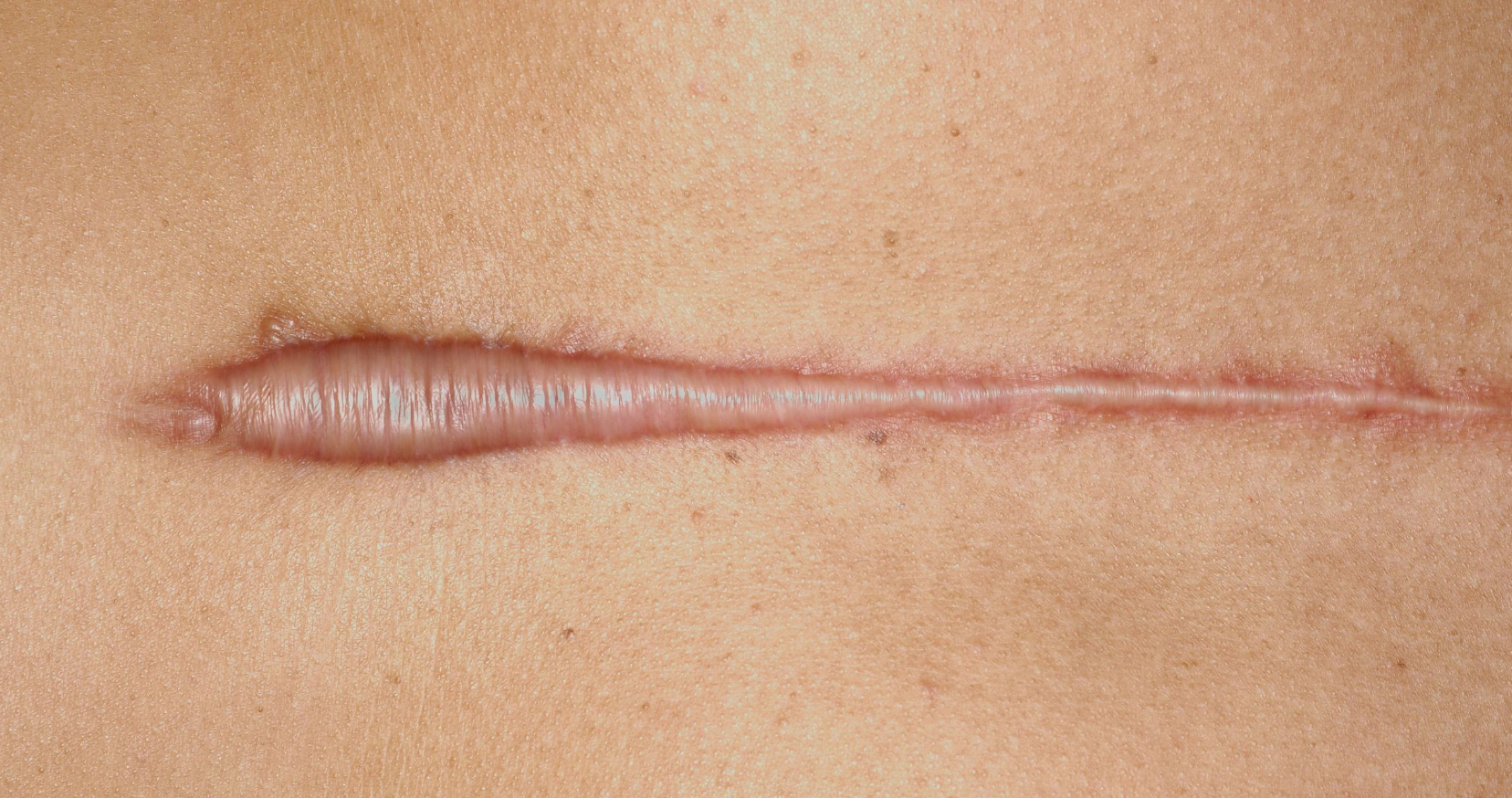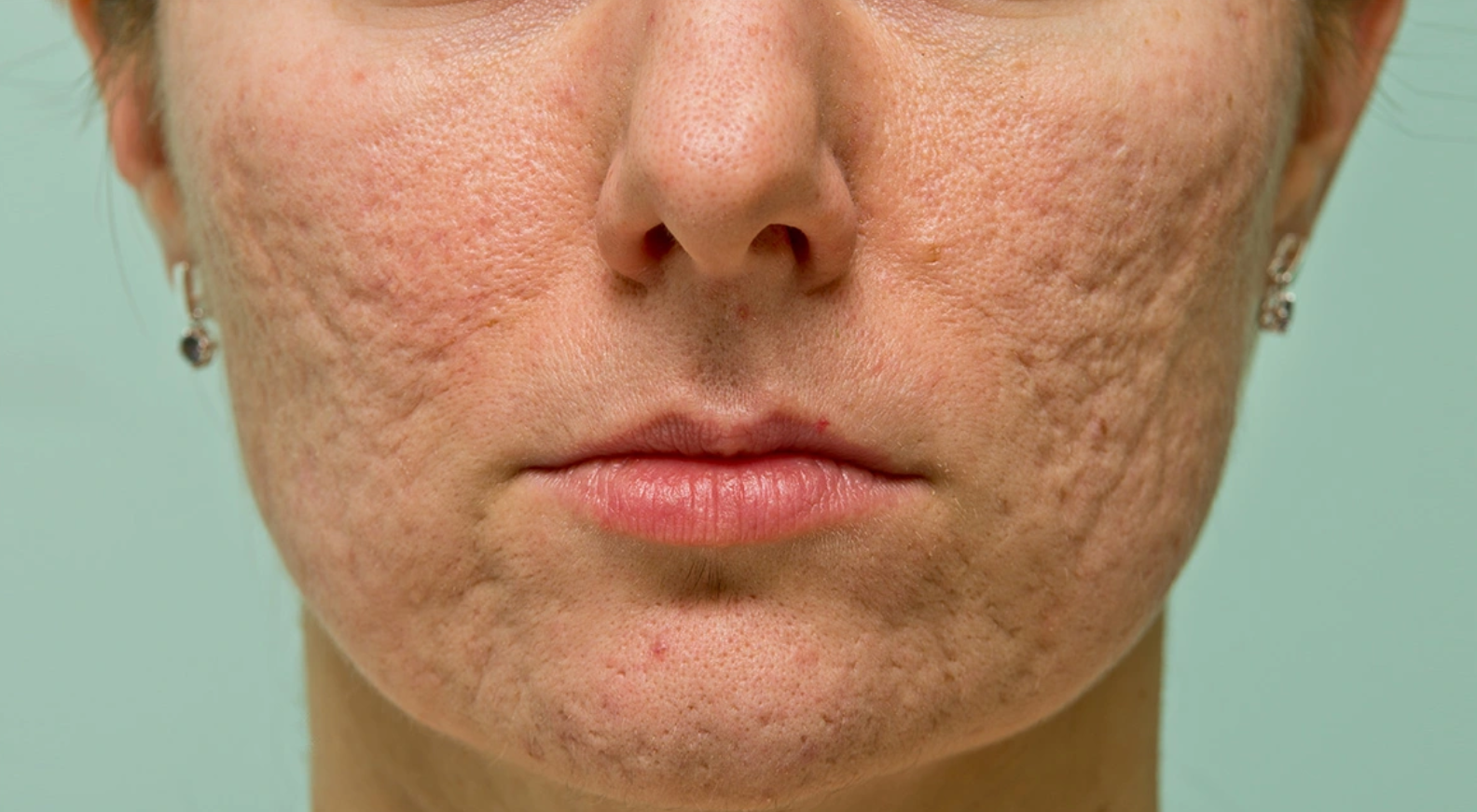Scar Treatment: Purpose, Benefits, Side Effects, Cost, Time to Work
:format(webp)/cdn.mskdoctors.com/storage/2024/8/X02c8UbyYdHn20hRWu1d4Atxsm0qKJ02.jpg)
Key Takeaways
-
The purpose of scar treatment is to improve the look of scars, make the skin feel better, and help you feel more comfortable.
-
There are many different types of scar treatment, from creams you can use at home to surgery. Each type has a different cost and a different amount of time for recovery.
-
Some of the benefits of scar treatment are that you may feel better about yourself and have more self-esteem.
-
There can be side effects, but most of them are not serious and can be taken care of.
-
It may take a few months to start seeing results, but the amount of time it takes can be different for everyone.
What Is The Purpose of Scar Treatment?
The primary goal of scar treatment is to enhance the look of scars, allowing them to better match your natural skin color and texture. It's about evening out the rough spots and giving your skin a more consistent appearance; thereby improving your self-confidence.
How Scars Form
Before we can talk about treatments, it's crucial to understand how scars are formed. When your skin is damaged, your body immediately starts working to fix the wound. This healing process involves several steps that replace the damaged skin with collagen fibers, which results in a scar. The type of scar that forms—whether it's flat, raised, or indented—depends on many things, including the type of injury, your genes, and how well the wound is taken care of.

Keloid Scars
Getting to Know the Scar Treatment Process
There are a range of scar treatments available, but non-invasive treatments, such as silicone sheets and pressure dressings, are often the first step. They are less invasive and can be very effective for certain types of scars. Where there is a need for a direct approach to improve their appearance, there are invasive treatments, such as laser therapy or excision.
Scar Types
-
Atrophic Scars: These represent the most prevalent category, presenting as thin, smooth lines that may exhibit slight color variations compared to surrounding skin. Typically, they arise from minor cuts, scrapes, or acne. Additionally, varicella-zoster virus (VZV) or chickenpox can leave behind flat, pitted scars.
-
Hypertrophic Scars: Distinguished by their increased thickness and redness compared to atrophic scars, hypertrophic scars remain confined within the boundaries of the original wound. They are more commonly observed in younger individuals and those with darker skin tones. While they may improve over time, some cases necessitate medical intervention.
-
Keloid Scars: These ambitious scars extend beyond the original wound, often encroaching upon healthy tissue. Keloids are typically red, itchy, and can be a source of discomfort. They are more prevalent in high-tension areas like the chest, shoulders, and upper back, and also exhibit a higher incidence in individuals with darker skin tones.
-
Contracture Scars: Deep burns or injuries resulting in significant tissue loss can lead to contracture scars. These scars contract the skin and underlying tissues, potentially limiting movement in the affected region. Contracture scars often require reconstructive surgery to restore function.
-
Striae (Stretch Marks): While not true scars in the strictest sense, striae manifest as reddish or purplish streaks on the skin. They arise due to rapid skin stretching, often occurring during pregnancy, puberty, or significant weight fluctuations.
Types of Scar Treatment
-
The specific scar treatment you opt for: Here are some common options:
-
Silicone gel sheeting: This topical treatment helps flatten and soften raised scars.
-
Steroid injections: Corticosteroid injections can be used to reduce inflammation and scar height, particularly for keloid scars.
-
Laser therapy: Different types of lasers can target scar tissue, improving its texture and color.
-
Dermabrasion: This procedure physically removes the topmost layers of skin, potentially improving the appearance of superficial scars.
Benefits of Scar Treatment
Enhancing the Feel and Look of Your Skin
Scars can cause your skin to feel rough and look uneven in color, but scar treatments can help reduce these effects, level out raised scars, fill in depressed scars, and even out the color of your skin. The result is a smoother, more even complexion, which can make a big difference in your ambience.
Furthermore, scar treatments can also decrease the size of scars, making them less noticeable. This is especially significant for scars in noticeable areas, such as the face or hands, where they can't be easily hidden.
Improving Comfort and Mobility
Scars also come in tight or rigid forms, especially those over joints which can limit movement. Scar treatments can help increase elasticity and flexibility, making everyday movements easier and pain-free.
Potential Side Effects of Scar Treatment?
Like any medical treatment, scar treatment can have side effects. The good news is that these side effects are usually mild, such as redness, swelling, or itching at the site of the treatment.
When considering scar treatment, understanding the available options and their potential side effects is crucial. Here's a breakdown of the potential side effects under the two major categories of treatments:
Side Effects of Non-Invasive Scar Treatments
These are generally a preferred starting point due to their minimally invasive nature. However, it's important to be aware of some potential drawbacks:
Silicone Sheets and Gels
- Minor Skin Irritation: In some cases, the adhesive on silicone sheets can cause redness, itching, or dryness at the application site.
- Discomfort: Wearing silicone sheets for extended periods can feel uncomfortable, especially on sensitive skin or near moving joints.
- Scar Recurrence: While effective for certain scar types, silicone sheets might not prevent scar formation entirely, especially for raised or thickened scars.
Pressure Dressings
- Skin Breakdown: Applying pressure too tightly or for extended periods can lead to skin breakdown or discomfort, particularly for individuals with fragile skin.
- Movement Restriction: Depending on the location of the scar, pressure dressings might limit movement in the affected area, potentially impacting daily activities.
- Discomfort: Similar to silicone sheets, pressure dressings can feel uncomfortable, especially during hot weather or when worn for long periods.
Side Effects of Invasive Scar Treatments
These offer a more direct approach to scar reduction but often come with more significant side effects. Here's a breakdown of some common invasive treatments:
Laser Therapy:
- Pain: While typically a tolerable discomfort, laser treatments can cause some degree of pain, especially during the procedure. Anesthetic creams or injections are often used to minimize this.
- Temporary Changes in Skin Pigmentation: Laser therapy can lead to temporary darkening or lightening of the treated area, especially for individuals with darker skin tones. This usually resolves over time.
- Scarring: In rare cases, laser treatment itself can paradoxically cause new scarring, especially if settings are not adjusted correctly for your specific skin type and scar characteristics.
Excision:
- Scarring: Even with meticulous surgical techniques, excision will leave a scar. However, the goal is to create a less noticeable scar than the original one.
- Infection: As with any surgical procedure, there's a risk of infection at the incision site. Proper aftercare instructions from your doctor are crucial to minimize this risk.
- Pain and Discomfort: Expect some degree of pain and discomfort following excision surgery. Pain medication will be prescribed to manage this.
Cost of Scar Treatment?

The price of scar treatment can differ greatly based on the kind of treatment and the location of the treatment. Here's the breakdown:
-
Scar removal creams like Hiruscar and other over-the-counter treatments can cost between $10 and $50.
-
Professional treatments such as laser therapy can cost between $200 and $3,000 per session.
-
Scar revision surgery and other surgical options can cost several thousand dollars.
You could check with your insurance provider to see what is covered under your plan. Insurance may cover some of the cost, particularly if the scar is causing physical discomfort or limiting your movement.
How Long Does It Take for Scar Treatment to Work?
Scar treatment is not a quick fix and it requires patience. The time it takes for scar treatment to work is not the same for everyone and it's not something that happens overnight. On an average, you can expect to see some improvements within a few months to a year for intricate cases.
When to Expect Results From Various Scar Treatments
Every treatment has its own timeline. For instance:
-
Results from topical treatments may be seen in a few weeks to a few months.
-
Multiple sessions of laser therapy are often required, with results appearing gradually over several months.
-
Surgical procedures may provide more immediate results but also require longer recovery times.
It's important to be patient and give your skin the time it needs to respond to the treatment. Your healthcare provider can provide a more accurate timeline based on your individual case.
What Can Affect How Quickly Your Scar Heals?
Several important factors can affect the speed at which your scar heals:
-
How big and deep the initial wound was: The size, depth, location, and cause of the wound all play a role in how well it heals and scars. Generally, larger, deeper wounds and those caused by burns or surgery tend to scar more than minor cuts or scrapes.
-
Your age and general health condition of the person: As we age, our skin's ability to heal slows down. This can lead to more noticeable scarring.
-
Where the scar is located on one’s body: Scars on areas with high tension and movement, such as the shoulders, chest, or back, are more prone to developing hypertrophic or keloid scars.
-
Your skin type: Individuals with oily skin might experience less noticeable scarring compared to those with dry skin
MSK Doctors for Your Scar Treatment
Scars can be more than just cosmetic concerns. They can sometimes limit your mobility or cause discomfort. Scar treatment offers a variety of benefits, including improving flexibility, reducing pain, and enhancing the overall appearance of the scar. By addressing scar tissue, you can regain a greater range of motion and experience a renewed sense of confidence.
At MSK Doctors, we understand the importance of finding the right healthcare provider for your scar treatment needs. Our extensive network includes highly-skilled musculoskeletal doctors, orthopedic surgeons, and sports medicine specialists. These experts offer a variety of treatments for MSK (musculoskeletal) conditions that can be associated with scars, such as muscle weakness, joint pain, and limitations in movement.
Contact us today to schedule a consultation and take the first step towards feeling your best.
Frequently Asked Questions
Is it Possible to Treat All Kinds of Scars?
Although the majority of scars can be treated to a certain extent, the method and success rate will differ based on the type of scar. Some scars, such as keloid scars, may necessitate more extensive treatments, while others, such as minor surface scars, may be more receptive to simpler treatments.
What Are the Best Scar Treatment Options for Sensitive Skin?
For those with sensitive skin, gentle options such as silicone gel sheets or pressure dressings can be effective. It's also crucial to consult with a healthcare provider to tailor a treatment plan that minimizes the risk of irritation.
Does Age Influence the Effectiveness of Scar Treatment?
Younger skin usually heals more quickly and might react more positively to treatment. Nonetheless, age should not discourage anyone from pursuing scar treatment, since progress can be achieved at any age.
Can Natural Remedies Help Heal Scars?
Natural remedies like aloe vera and honey have healing properties that may help. However, for more severe scarring, it is best to use these remedies along with professional treatments.
When is it Time to Seek Professional Help for Scar Treatment?
If a scar is causing you pain, limiting your movement, or negatively impacting your self-confidence, it's time to seek professional help. The sooner you deal with the scar, the better your chances of successful treatment.
:format(webp)/cdn.mskdoctors.com/storage/2025/5/ZfQ6gzRIzszsowJqOQGDJDwD3J4MbpN9.jpg)
:format(webp)/cdn.mskdoctors.com/storage/2025/5/wJNi2HzO1mX0VClrU6WeaXZQKmN5sSmZ.jpg)
:format(webp)/cdn.mskdoctors.com/storage/2025/5/PbgR15zgUrhJ98ptgUjvWRY6lFp4RBJl.jpg)
